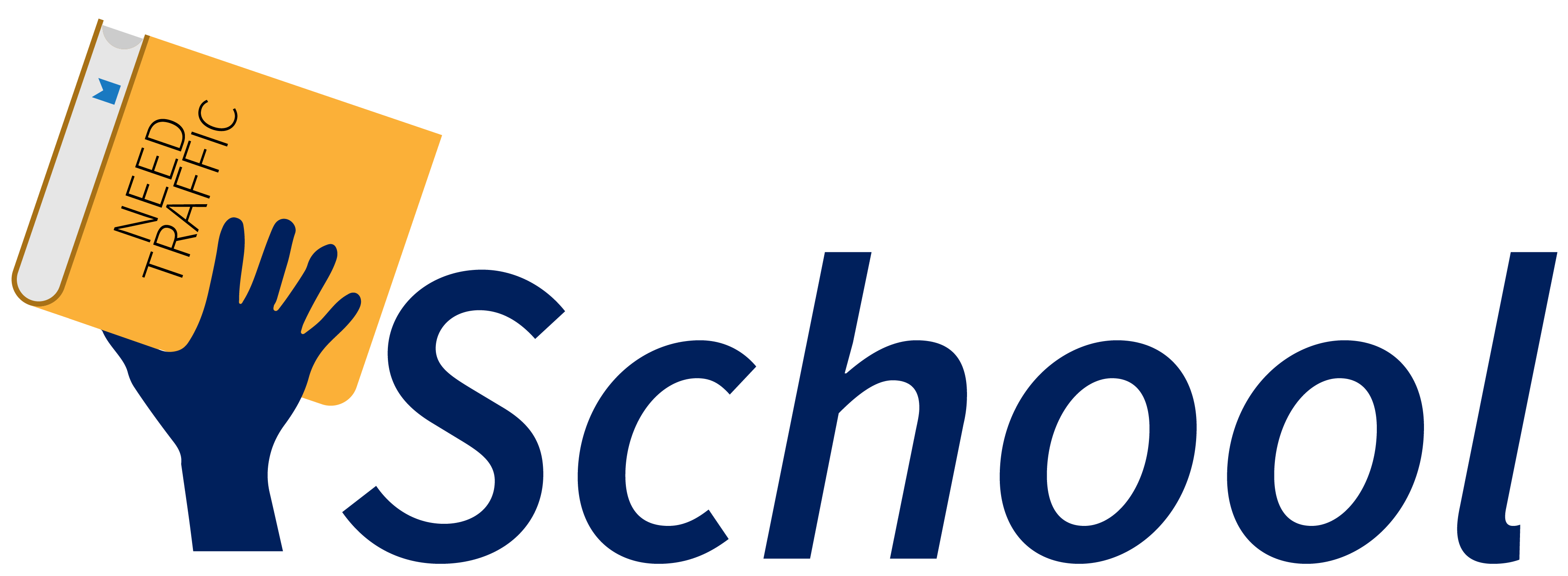Mastering Activity-Based Costing for Service Businesses

In today’s competitive service industry, understanding the true cost of delivering services is essential for profitability and strategic growth. Traditional cost accounting methods often fall short in capturing the complexities of service operations. Activity-Based Costing (ABC) offers a more precise way to allocate costs by linking them directly to specific activities.
This enables service businesses to identify inefficiencies, price services accurately, and make informed decisions that boost profitability.
What Is Activity-Based Costing?
Activity-Based Costing is a cost allocation method that assigns overhead and indirect costs to products or services based on the activities required to produce them. Rather than spreading costs evenly or using arbitrary percentages, ABC links expenses to the processes and resources consumed.
Key Elements of ABC:
1. Activities:
Tasks or operations performed in delivering a service (e.g., client consultations, data analysis, reporting).
2. Cost Drivers:
Factors that determine the cost of an activity (e.g., hours worked, number of transactions, resources used).
3. Cost Pools:
Groups of costs associated with a specific activity.
Why ABC Is Important for Service Businesses
Service businesses often have high overhead costs and complex workflows. ABC offers several advantages:
1. Accurate Cost Allocation
Assigns costs based on actual resource consumption instead of broad estimates.
2. Better Pricing Strategies
Helps set prices that reflect the true cost of service delivery.
3. Improved Profitability Analysis
Identifies high-cost, low-value activities that can be optimized or eliminated.
4. Enhanced Decision-Making
Provides detailed cost insights to guide operational and strategic choices.
Steps to Implement Activity-Based Costing
The steps to implement activity-based costing are given below.
1. Identify Core Activities
List all major activities involved in delivering your services. For example:
- Customer onboarding
- Service execution
- Quality control
- Client reporting
2. Determine Cost Drivers
Choose measurable factors that influence each activity’s cost. Examples include:
- Number of service hours
- Volume of client requests
- Transactions processed
3. Assign Costs to Activities
Group related expenses into cost pools for each activity. For instance:
- Salaries for employees involved in a task
- Software subscriptions for specific processes
- Utilities and equipment used
4. Calculate Activity Rates
Divide the total cost for each activity by the total number of cost driver units. This gives you a rate per unit of activity.
5. Apply Costs to Services
Multiply the activity rate by the amount of activity consumed by each service.
Practical Example in a Service Business
Consider a marketing agency:
1. Activity:
Campaign strategy planning
2. Cost Driver:
Hours spent on planning
3. Cost Pool:
Staff salaries, software tools
Benefits of ABC in Service Operations
1. Transparency in Cost Structures
A clear understanding of where money is being spent.
2. Efficiency Improvements
Pinpoints costly activities that could be automated or streamlined.
3. Customer Profitability Insights
Reveals which clients or projects generate the most value.
4. Supports Strategic Growth
Helps prioritize high-margin services and optimize resource allocation.
Conclusion
Mastering Activity-Based Costing can transform the way service businesses understand and manage their expenses. By linking costs directly to activities, companies gain accurate insights into resource usage, service profitability, and operational efficiency.
With this knowledge, service providers can set competitive prices, eliminate waste, and strategically invest in the activities that drive growth.







